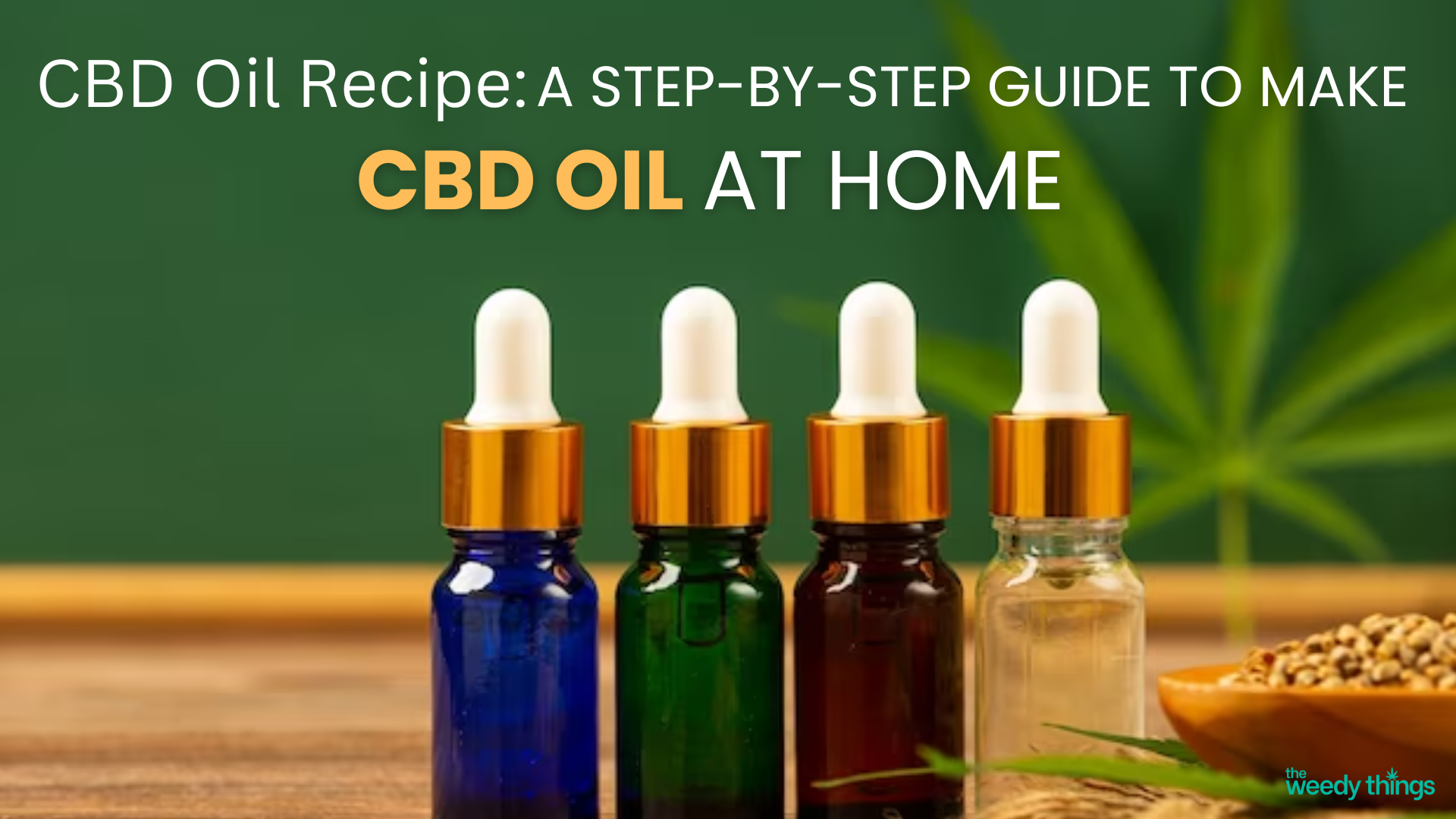Understanding CBD and Hemp Seed Oil
To embark on your CBD oil-making journey, it’s essential to understand the key components. CBD, or cannabidiol, is a non-psychoactive compound derived from the hemp plant. Hemp seed oil, on the other hand, is extracted from the seeds and serves as an excellent carrier oil for CBD. Knowing the properties of both will guide your recipe.
Sourcing High-Quality Hemp Oil in Thailand
For those in Thailand, where hemp oil is readily available, sourcing high-quality hemp oil is the first step. Look for reputable suppliers offering organic, non-GMO, and third-party tested hemp oil. This ensures the purity and potency of the oil, laying the foundation for creating the best CBD oil at home.
Choosing the Right CBD Concentrate
Selecting the right CBD concentrate is crucial for crafting potent and effective CBD oil. Opt for a high-quality CBD isolate or full-spectrum CBD oil, depending on your preferences. Full-spectrum options contain additional beneficial compounds, known as the entourage effect, enhancing the overall therapeutic potential of the oil.
Gathering Supplies
Before diving into the recipe, gather the necessary supplies. You’ll need high-quality hemp oil, your chosen CBD concentrate, a double boiler, a stirring utensil, a dropper bottle for storage, and, optionally, flavorings like mint or citrus extracts.
Calculating Dosage
Understanding the potency of your CBD concentrate allows you to calculate the dosage accurately. Knowing the desired concentration per serving ensures a consistent and personalized CBD experience. Dosage varies based on individual preferences and therapeutic needs, so tailor it to your requirements.
Creating the CBD Infusion
Begin the CBD oil-making process by creating a CBD infusion. Combine the chosen CBD concentrate with hemp oil in a double boiler. Gently heat the mixture over low heat, stirring consistently. This process allows the CBD to blend seamlessly with the carrier oil, ensuring an even distribution.
Adding Flavor (Optional)
To enhance the taste of your CBD oil, consider adding flavorings like mint or citrus extracts during the infusion process. This step is optional and can be tailored to personal preferences. Experiment with different flavors to find the perfect combination for you.
Cooling and Storing
Once the CBD infusion is complete, allow the mixture to cool before transferring it to a dropper bottle for storage. Storing the CBD oil in a cool, dark place ensures its longevity and maintains the integrity of the cannabinoids.
Testing and Adjusting
Before finalizing your homemade CBD oil, consider testing a small amount to gauge its potency and flavor. If necessary, this is the stage to make adjustments by adding more CBD concentrate or flavorings until you achieve the desired outcome.
Best CBD Oil Options in Thailand
Navigating CBD Oil Usage
Understanding how to incorporate CBD oil into your routine is as important as crafting it. Start with a low dosage and gradually increase until you find the optimal balance. CBD oil can be consumed sublingually, added to food or beverages, or used topically for targeted relief.
Frequently Asked Questions
The legality varies. Ensure compliance with local regulations, as some regions may restrict home production of CBD oil
Essential ingredients include high-CBD cannabis strains, carrier oil (such as olive oil or coconut oil), and tools for extraction.
The process varies but generally takes a few hours for extraction and additional time for infusion, resulting in homemade CBD oil.
Yes, you can control the potency by adjusting the ratio of CBD-rich cannabis to carrier oil during the infusion process.
Store in a cool, dark place, away from direct sunlight. Use airtight containers to preserve the oil’s potency and prevent degradation.




